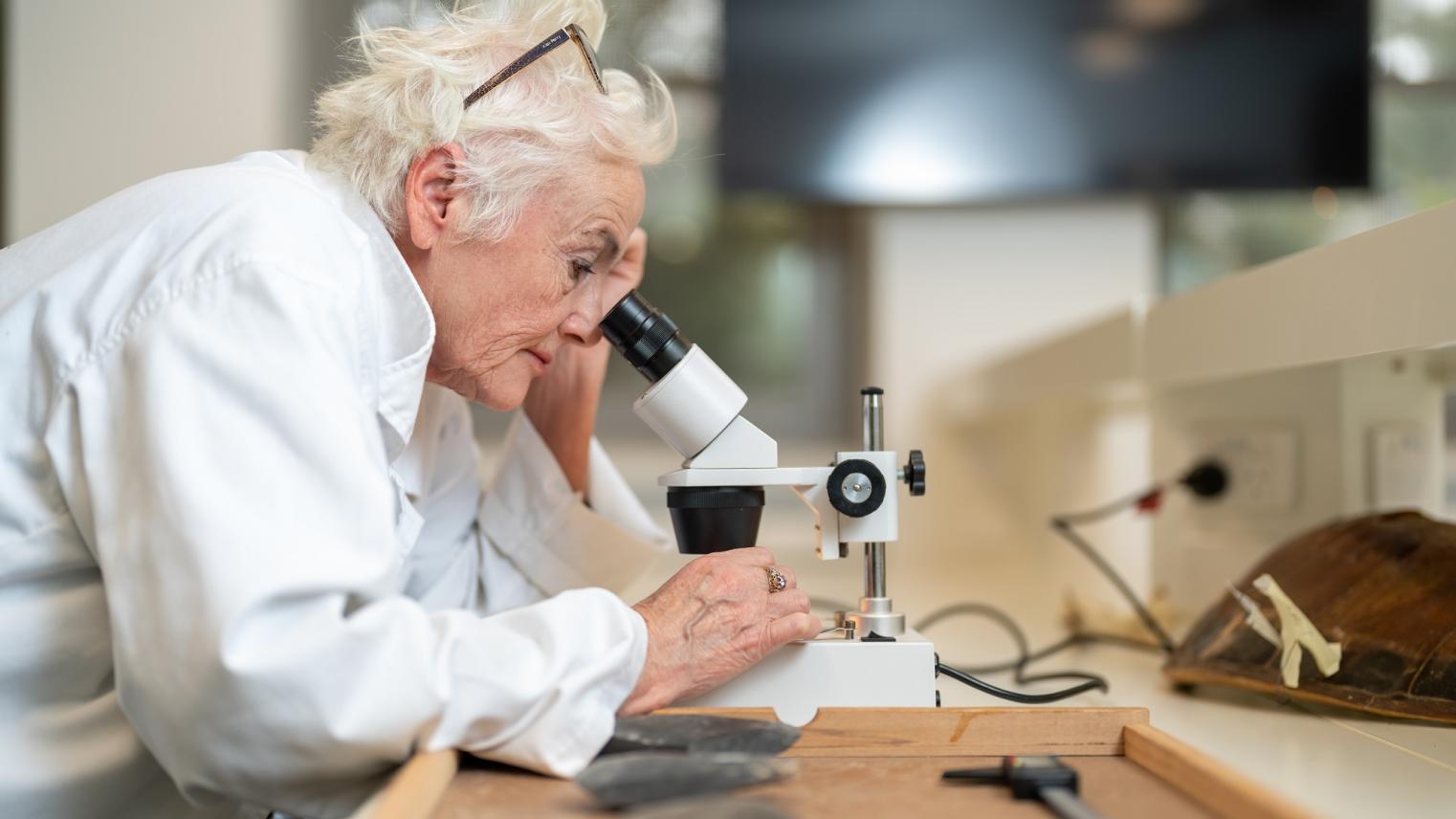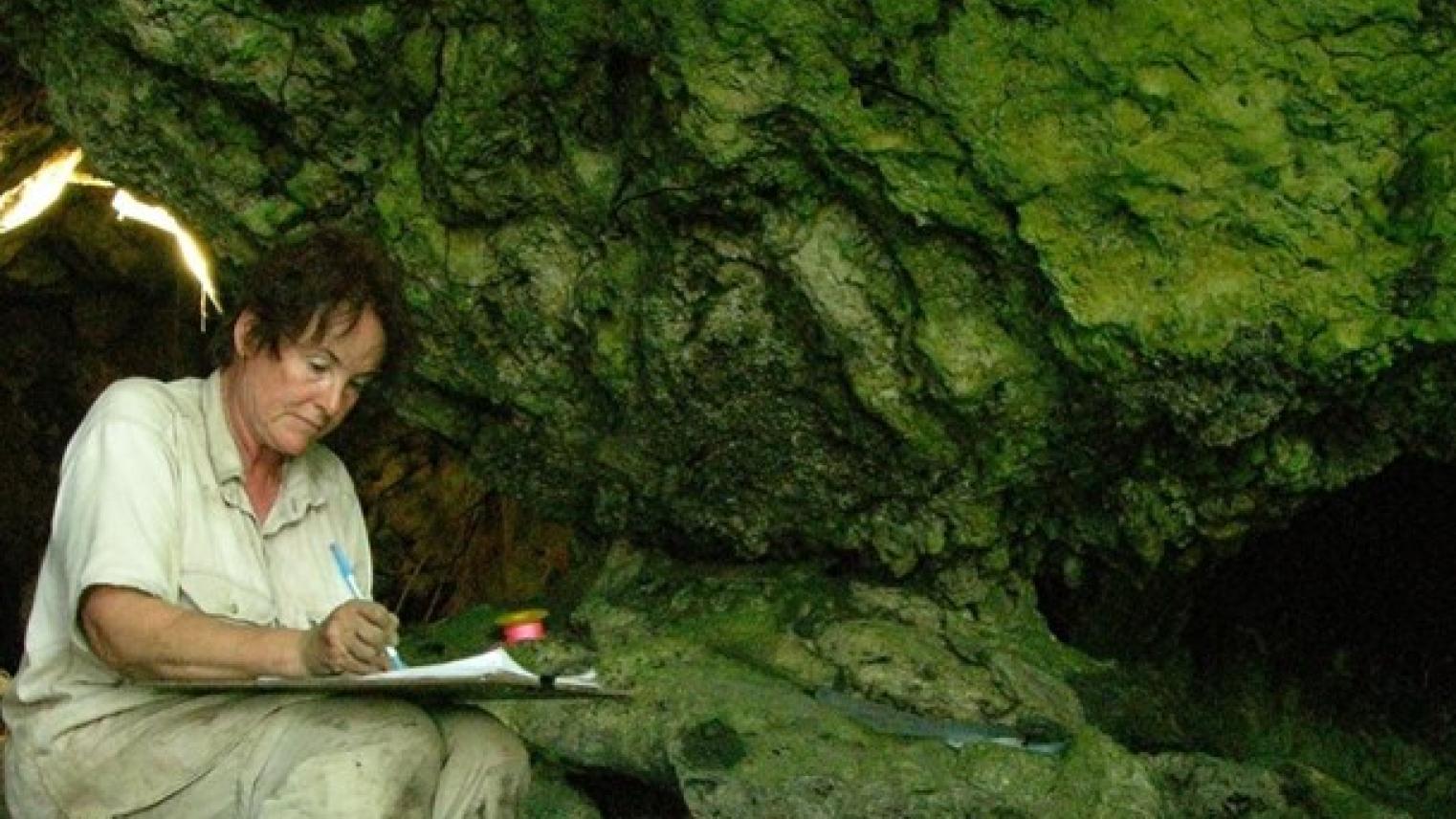Unearthing Connections: The Archaeological Journey of Distinguished Professor Sue O'Connor

Traveling two hundred kilometres up the coast in a tiny dinghy, navigating reefs and whirlpools with Traditional Owners, made me realize the real treasures of archaeology aren’t just the artefacts, but the stories and knowledge that connect us to the past.
Distinguished Professor Sue O'Connor has achieved a historic milestone by becoming only the second contemporary Australian archaeologist to be elected as a Fellow of the British Academy. This prestigious honour recognizes her significant contributions to the field of archaeology and brings her full circle back to the UK, where her fascination with ancient landscapes first began.
Beginnings on Bodmin Moor
Sue's archaeological journey began in her teenage years while living in Cornwall, UK. Surrounded by the rich archaeological heritage of Bodmin Moor, with its Neolithic portal tombs, stone circles, and Bronze Age tors, she developed a deep fascination with ancient landscapes. The moor's misty, foreboding atmosphere added an air of mystery that ignited her passion for uncovering the secrets of past civilizations.

From Cornwall to the Kimberley: A Passion Ignited
Upon returning to Australia, Sue's path was set in stone—she would study archaeology. Her work took her across Australia and Southeast Asia, where she felt a strong connection to the past through the stone and bone artefacts and pottery she uncovered. Each excavation was like unearthing a piece of a grand puzzle, linking her to the lives of those who came before.
A highlight of Sue's career was her PhD research in the Buccaneer Archipelago in the Kimberley. This remote and rugged area, typically explored only by tourist boats, became the setting for her groundbreaking research. Traveling with Traditional Owners in a small dinghy, she gained a profound respect for the First Nations people who historically navigated these waters using their deep knowledge of currents, tides, and celestial navigation. This experience reminded her that the true gems of archaeology lie not just in the physical tools, but in the intangible knowledge that ancient peoples held about their landscape.

Tools of the Trade
Sue's advice for budding archaeologists is to embrace the diverse nature of the field. Archaeology is a multifaceted discipline involving fieldwork, laboratory analysis, collaboration with other scientists, and storytelling. With the advent of advanced technologies like desktop SEMs, portable X-ray fluorescence, microCT scanning, ancient DNA analysis, and proteomics, archaeologists can now uncover secrets that were previously hidden. For example, ancient DNA and proteomics can identify animal species from tiny undiagnostic bone fragments, revealing dietary habits from tens of thousands of years ago.
Sue encourages aspiring archaeologists to excavate their curiosity and remain passionate about unearthing historical truths.

Piecing Together the Past
Currently, Sue is excited about her work on Wetar Island in Indonesia, where she and her team recently excavated thousands of stone artefacts made from volcanic glass, known as obsidian. She has found artefacts made of the same material on the islands of Timor and Kisar dating from about 15,000 years ago. As obsidian does not occur in the geology of these islands it must have been brought from another island by boat. But where the obsidian came from remained a mystery.
Sue believes they have found the source of this volcanic glass in Wetar, potentially pinpointing the origins of this ancient trade network. The upcoming radiocarbon dating and analysis of the Wetar obsidian will shed further light on when this trade began, marking an exciting chapter in her ongoing research.
With each discovery, Sue continues to uncover the past, piecing together connections that link us all. Sue said, “Being elected to the British Academy is a monumental honour that brings me back full circle to the UK and where my fascination with archaeology began”.
After years of exploring some of the hottest and driest regions of the world, she looks forward to retracing her early explorations on Bodmin Moor, reconnecting with the landscape that first inspired her.